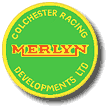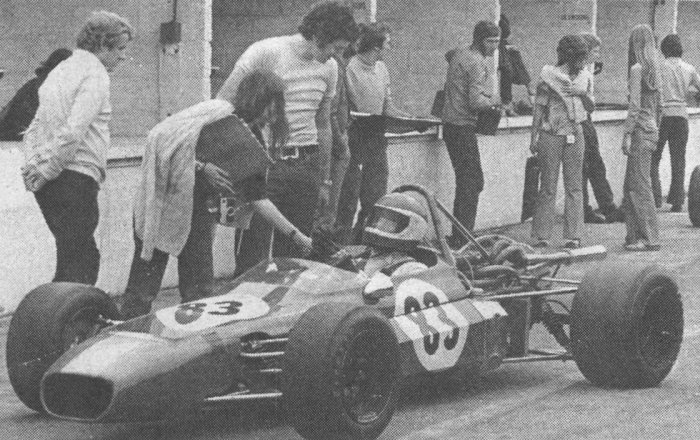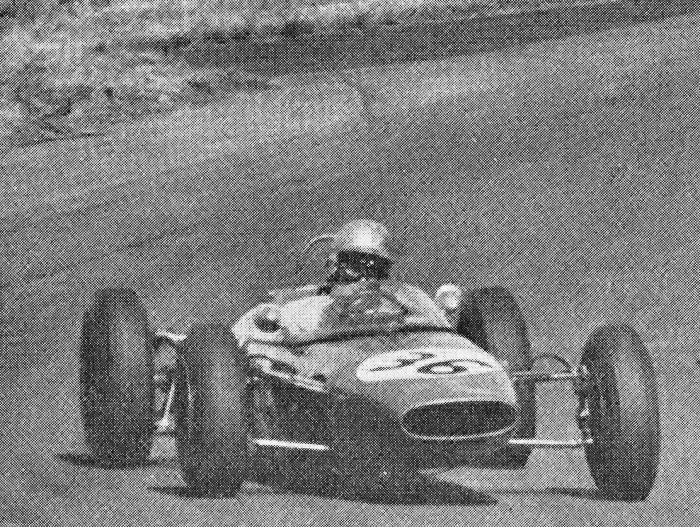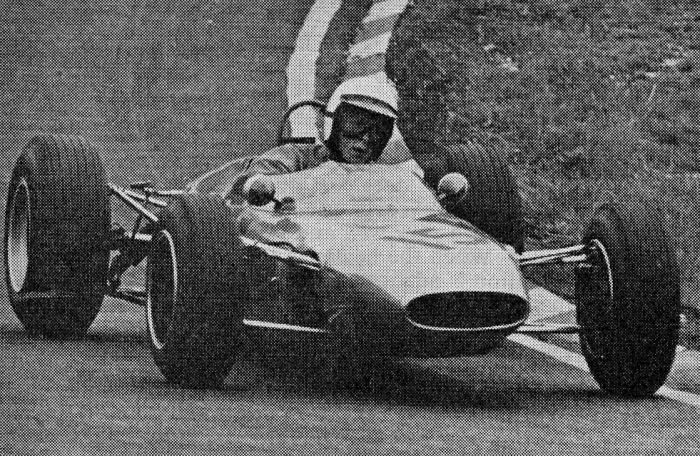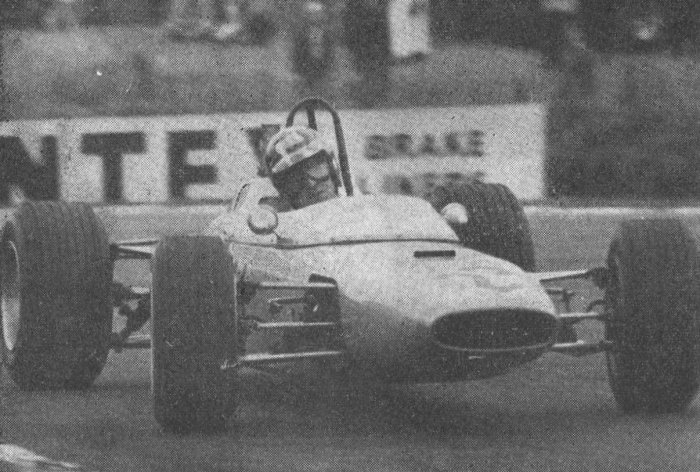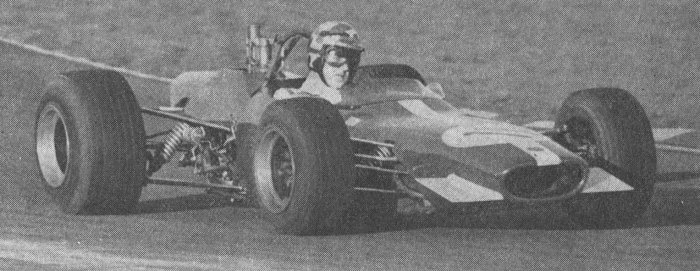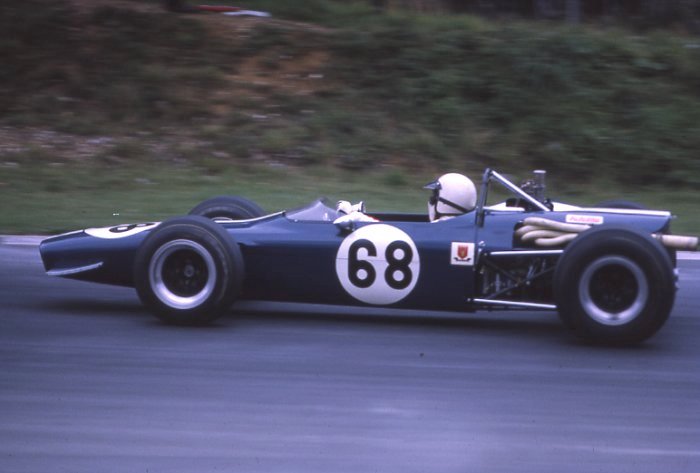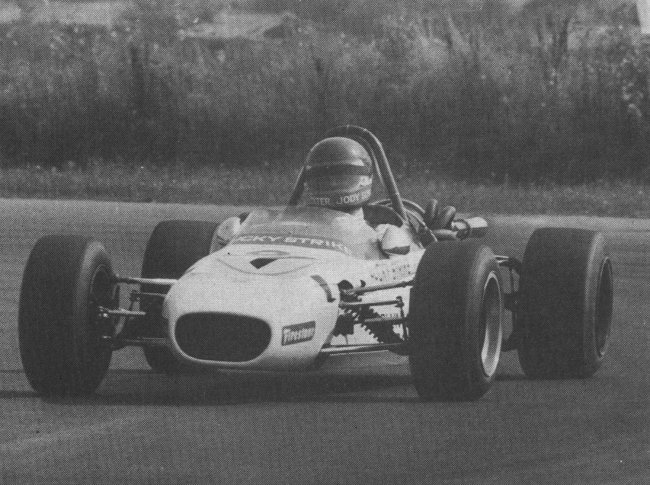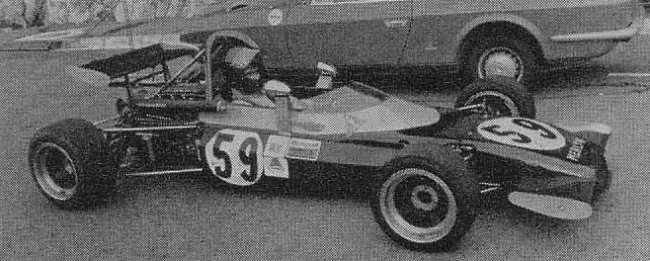Merlyn
1964
1965
1966
1967
1968
1969
1971
1972
1973
1975
Drivers
1964
Mk7
Roger Brash, Chris Irwin, Alain Leguellec, Tico Martini, Vincent Palmaro, Johnny Rives, Claude Robert.
Mk5
David Baker, Bill Bradley, Howard Bennett.
Mk3
Max Harrieder.
1965
Mk9
Ken Bass, Roger Brash, Tim Cash, John Fenning, Jean-Marie Guyot, Chris Irwin, Vincent Palmaro, Richard Peel, Leslie Roberts.
Mk3
Lionel Charlwood.
?
Jean Chicard, Georges Crenier, Dupin, Hughes de Fierlandt, “Fred”, Moisset, Gilbert Salles, Börje Sköld, Daniel Vanderborght
1966
Mk9
John Andrews, Tim Cash, Chris Craft, Georges Crenier, Dieter Frentzen, Mike Knight, Jeff Roberts.
?
Jean-Marie Guyot, Sten-Olof Pettersson, Börje Sköld, Jürgen Wolz.
1967
Mk10
Ian Ashley, Michael Bartle, Ken Bass, Tim Cash, Barry Collerson, Georges Crenier, John Fenning, Roger Keele, Kurt Keller, Tony Lanfranchi, Per-Jonas Qvarnstrom, Martin Stephani, David Walker.
Mk9
Paddy Allfrey, John Andrews, Tim Cash, Gunnar Elmgren, Alan Stubbs.
Mk7
Edward Jacobsson, Roy Johnson.
?
Björn Engström, Börje Sköld, Andre Willem.
1968
Mk14A
Tony Lanfranchi.
Mk14
Tony Lanfranchi.
Mk10
Mats Byström, Georges Crenier, Leif Hallgren, Tony Lanfranchi, Lars Lindberg, André Willem.
Mk7
Franz Graf.
?
Andre Willem.
1969
Mk14AX
Harry Stiller.
Mk14A
Patrick Champin, Tony Lanfranchi.
Mk14
Quentin Fraser, Eduard Wahl.
Mk10
Leif Hallgren.
1970 ?
Peter Korda.
1971
Mk10
Günter Kölmel.
Mk21
Jean Pierre Casegrain, Jody Scheckter.
1972 Mk21
Hakan Dahlqvist, Peter Lamplough.
1973
Mk21
Conny Ljungfeldt, Bernard Vermilio.
Mk22(?)
Hakan Dahlqvist..
1974 Mk23(?)
Hakan Dahlqvist.
1975 Mk23(?)
Hakan Dahlqvist, Lars Olsson.
